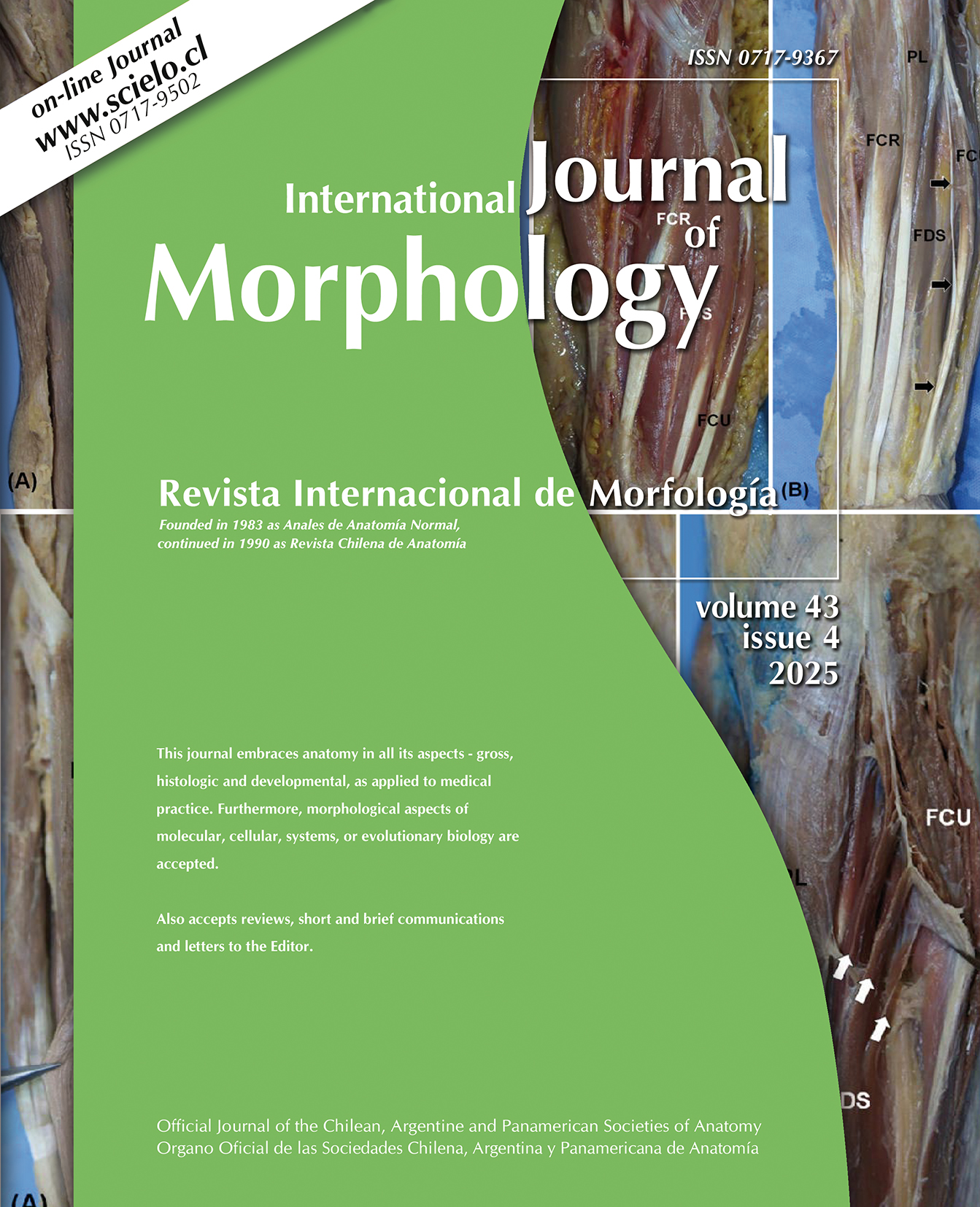Effects of a Combined Exercise Program on Body Mass, BMI and Body Composition of Elderly Women. Is Twice a Week Good Enough?
Andjela Djosic; Radomir Zrnic; Danijela Zivkovic; Tijana Purenovic-Ivanovic; Mladen Zivkovic; Nebojsa Cokorilo & Sasa Pantelic
Summary
Ageing is a process that leads to changes in body composition. The study's objective was to determine how combined training program affected older women's body mass, BMI, and body composition parameters. Using the World Health Organization's criteria, the sample included 29 elderly women. The sample was divided into experimental (EG, n=15, 66.26±2.07 years) and control groups (CG, n=14, 66.67±3.74 years). EG was included in a 10-month program of combined exercise, twice a week for 60 minutes. Differences between groups were determined using ANOVA. The effect size between initial and final measurements was determined using Cohen effect size (ES). ANCOVA was used to ascertain the experimental program's effects. Large effects were found for EG in Total Body Fat (%) (ES= .70), moderate effects for BMI, Total Body Fat (kg), Arms Fat Mass (%) and Trunk Fat Mass (%) (ES= .25; ES= .70; ES= .31; ES= .33, respectively). The results of the initial and final testing showed notable and beneficial improvements in EG, in Total Body Fat (kg) (Sig.= .003), Trunk Fat Mass (%) (Sig.= .000) and Trunk Muscle Mass (kg) (Sig.= .008) (p< .01), as well as in BMI (Sig.= .020) and Total Body Fat (%) (Sig.= .019). The combined program, implemented twice per week (less frequency than recommended), lasting 60 minutes per training, for a longer period (10 months) is an effective measure for maintaining body mass and changing body composition and BMI of elderly women. KEY WORDS: Ageing; Combined training; Aerobic training; Strength training.
How to cite this article
DJOSIC, A.; ZRNIC, R.; ZIVKOVIC, D.; PURENOVIC-IVANOVIC, T.; ZIVKOVIC, M.; COKORILO, N. & PANTELIC, S. Effects of a combined exercise program on body mass, BMI and body composition of elderly women. Is twice a week good enough. Int. J. Morphol., 43(2):591-599, 2025.





























